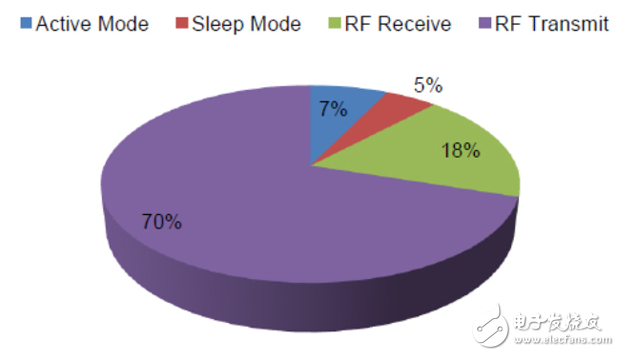
资料下载

发展低功率感应系统的能源预算-第二部分:权力预算艺术
发展低功率感应系统的能源预算-第二部分:权力预算艺术
开发一种确保产品达到目标服务寿命的能源预算可以是一种“黑色艺术”,但也有一些相对简单的技术可以帮助工程师实现性能和功耗的正确平衡。本系列的第一部分提供了在低功耗无线节点中通常找到的系统元素的运行情况,并查看了最常用的能量收集和电池单元的容量和特性。这第二部分将提供一个简单的方法来开发一阶能量预算,可用于确保预定的能量收集系统或电池大小适当的设计。接下来是一些微调设计的策略,以延长使用寿命或适应现有电源的局限性。

Define your requirements
Both the system and its energy budget begin with a thorough definition of its intended mission, the activities it will perform, and the desired service lifetime (Figure 1)。 Some important parameters to consider include:
Service Environment – What is the system‘s service life and operating temperature range?
Sampling Modes/Sampling Rates– What analog and digital inputs should the design monitor, and how frequently? Which inputs are sampled on a scheduled basis and which ones are triggered by outside stimulus?
How much data is collected and how much local processing is applied to the data?
Does the system communicate with other nodes or a host node? If so, is it via wired or wireless link?
How often does the system communicate, and how much data is exchanged in the process?
From these requirements, the engineer can develop a preliminary design using a low-power MCU and any additional LDOs, RTC/timers, I/O or communication circuitry the application requires.
声明:本文内容及配图由入驻作者撰写或者入驻合作网站授权转载。文章观点仅代表作者本人,不代表电子发烧友网立场。文章及其配图仅供工程师学习之用,如有内容侵权或者其他违规问题,请联系本站处理。 举报投诉
- 相关下载
- 相关文章






